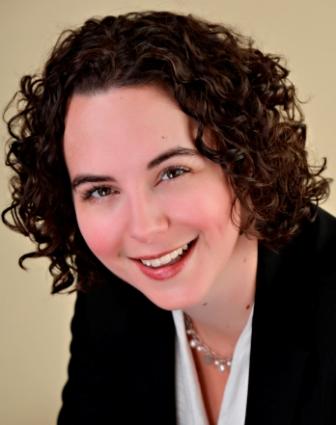- Home
- About Us
- The Team / Contact Us
- Books and Resources
- Privacy Policy
- Nonprofit Employer of Choice Award

 Increasingly in the sector, we’re being called upon to use our data more. Data can tell us a lot of things. It can give us rich insights into our donor’s behaviours and motivations.
Increasingly in the sector, we’re being called upon to use our data more. Data can tell us a lot of things. It can give us rich insights into our donor’s behaviours and motivations.
I’m constantly being asked about what kind of segmentation and wizardry can be done with data. Don’t get me wrong, there’s stuff that can be done with even the most minimal of data.
But that question is often asked way too late in the process. It’s asked after the annual plan and budgets are complete. It’s asked just as you’re about to send a direct mail package or are on the cusp of launching an email campaign. Key messaging has been determined and the story has been selected. The product is finished.
What if we flip this on its head? Let’s look at how you can use your data to glean insights that drives your fundraising tools and messages, as opposed to looking at how you can organize your data to work with what you already have produced.
Talk about how we can use data to drive our planning and decision-making, is not a radical idea. It is how things should be.
Mining for data gems: A case study on broccoli
Say, for example, your goal is to get more first time donors to make a second gift within 12 months. Most charities retain only 30% of new donors – if they’re lucky – and you know you currently retain 34% of yours. Your goal is to modestly retain at least 40% of them this year, so you set out on creating a new donor retention strategy.
Your stewardship is strong, but you know you’re struggling with the solicitation. Your gut suspects that your ask is missing the mark.
You look at the data for all new donors over the past 24 months and then divide it into two lists – those who have made a second gift, and those who have not.
For those who have made a second gift, when did they make it (in terms of how long after their first gift)? What was the theme of the appeal they gave to? Was the second gift bigger or smaller than the first gift? Look at the picture the data is painting for you about second gift conversion.
One of the things you know about donors is that the thing that inspired them to give to you in the first place will likely inspire them to give to you again. Yes, you do want to educate donors about the scope of your work, but if they made a gift to your first appeal about broccoli, they’re not suddenly going to become a potato chip lover. Tell a different broccoli story.
In this case, your data tells you that people who care about broccoli, really care about broccoli. They also care about beans and kale. These are people who love vegetables. They’re not interested in supporting potato chips or snack foods.
Looking at your appeal plan, you have one more vegetable mail appeal that you can work new donors into, and you can change the focus of an email to tell a different broccoli story. You also realize that you need to create a new broccoli-only second gift conversion strategy. You predict that these actions will help to increase your renewal rate.
Your data also raises the question of whether or not you should send any future appeals about potato chips and snack foods (or if you should be a bit more selective and send them fewer). So, you have to make another call there.
Your data: practically used 5 ways
Now, this is a simple case study. Real life is more complex. But this gives you a sense of what data-driven decision making looks like in a fundraising context.
Use your data to:
You can start to make progress in your program by listening to your gut. But when you listen to the data, that’s when lasting change occurs.
Although Holly Wagg had an 8-track player in her childhood bedroom, she doesn’t consciously remember a time where you couldn’t fundraise without the internet. Holly has worked in the sector for more than 19 years, and is now Philanthropic Counsel and Chief Digital Architect with Good Works, an integrated fundraising and communications agency that builds human connections between donors, causes and charities. You can reach her at holly@goodworksco.ca.